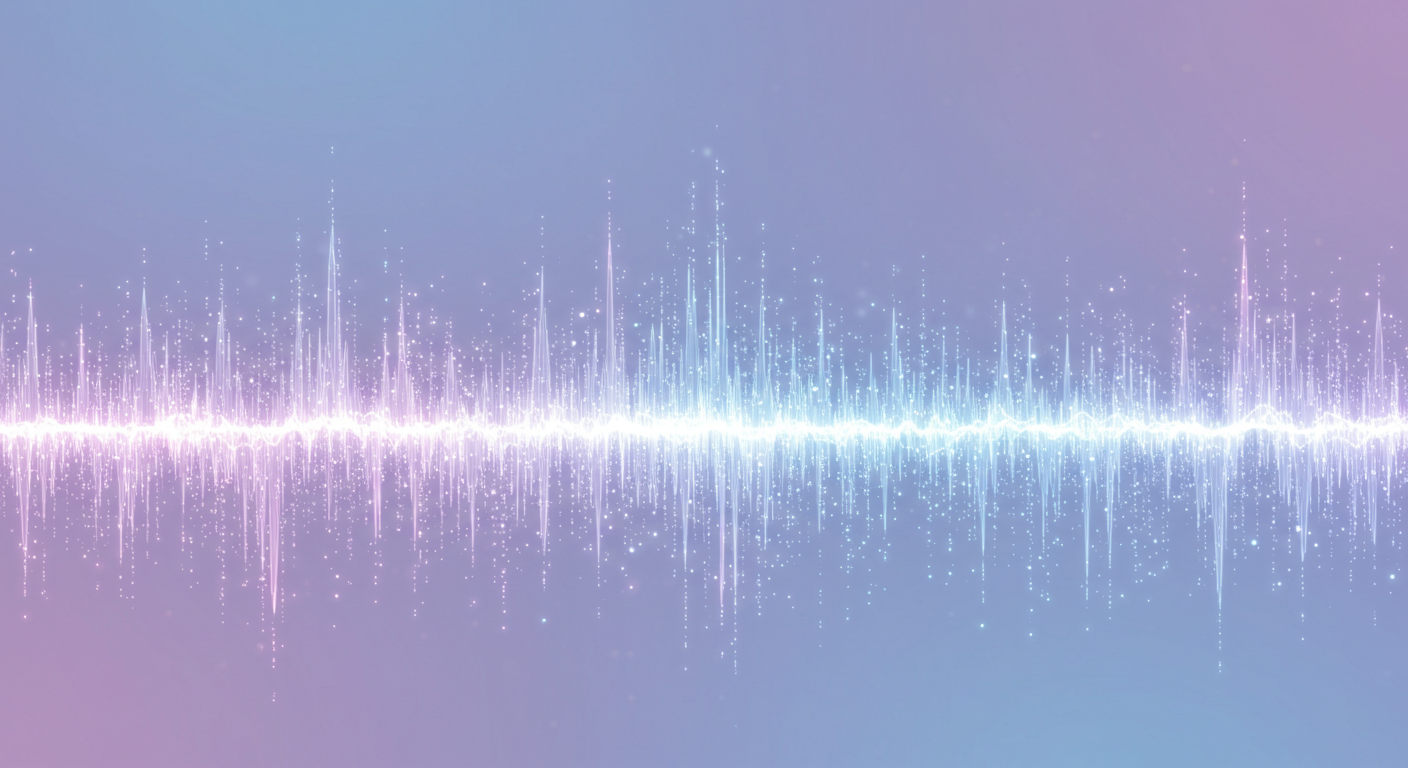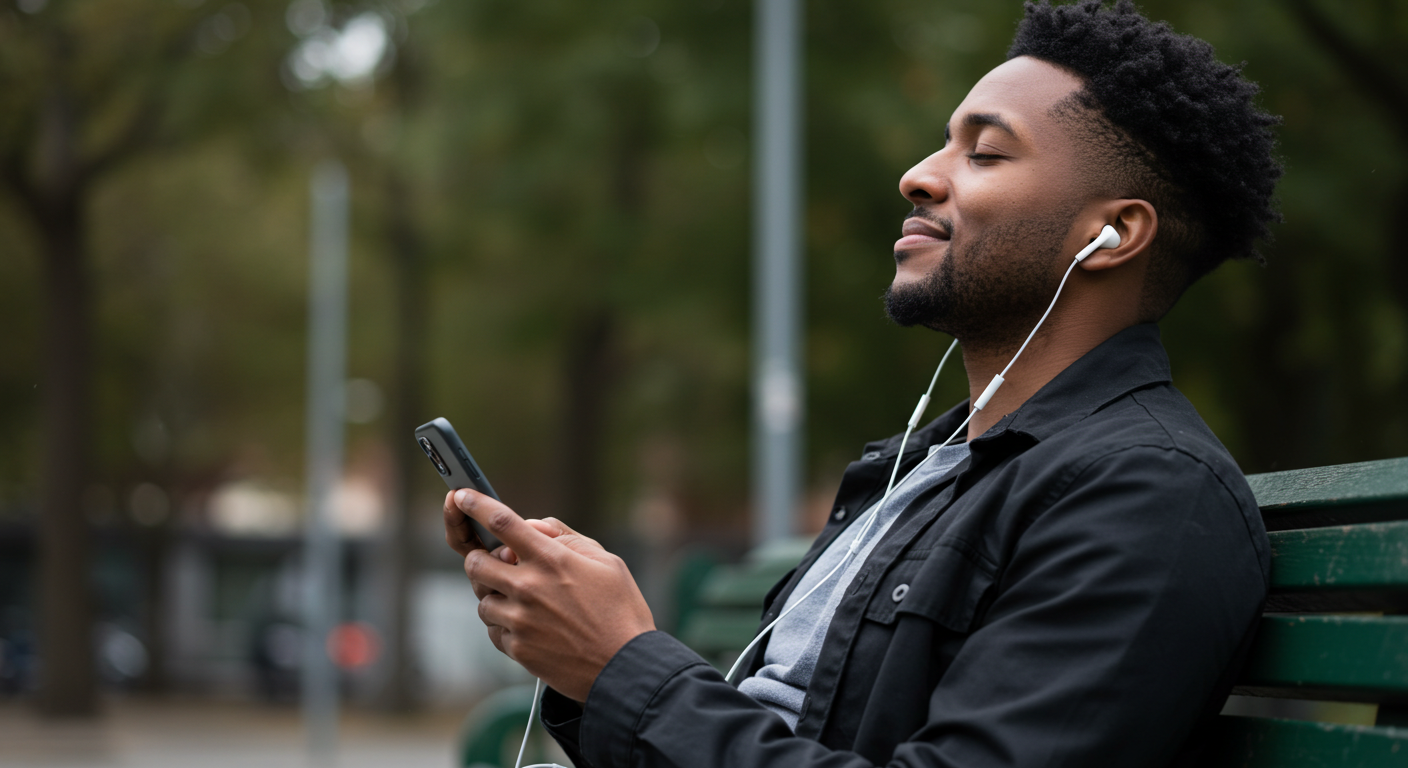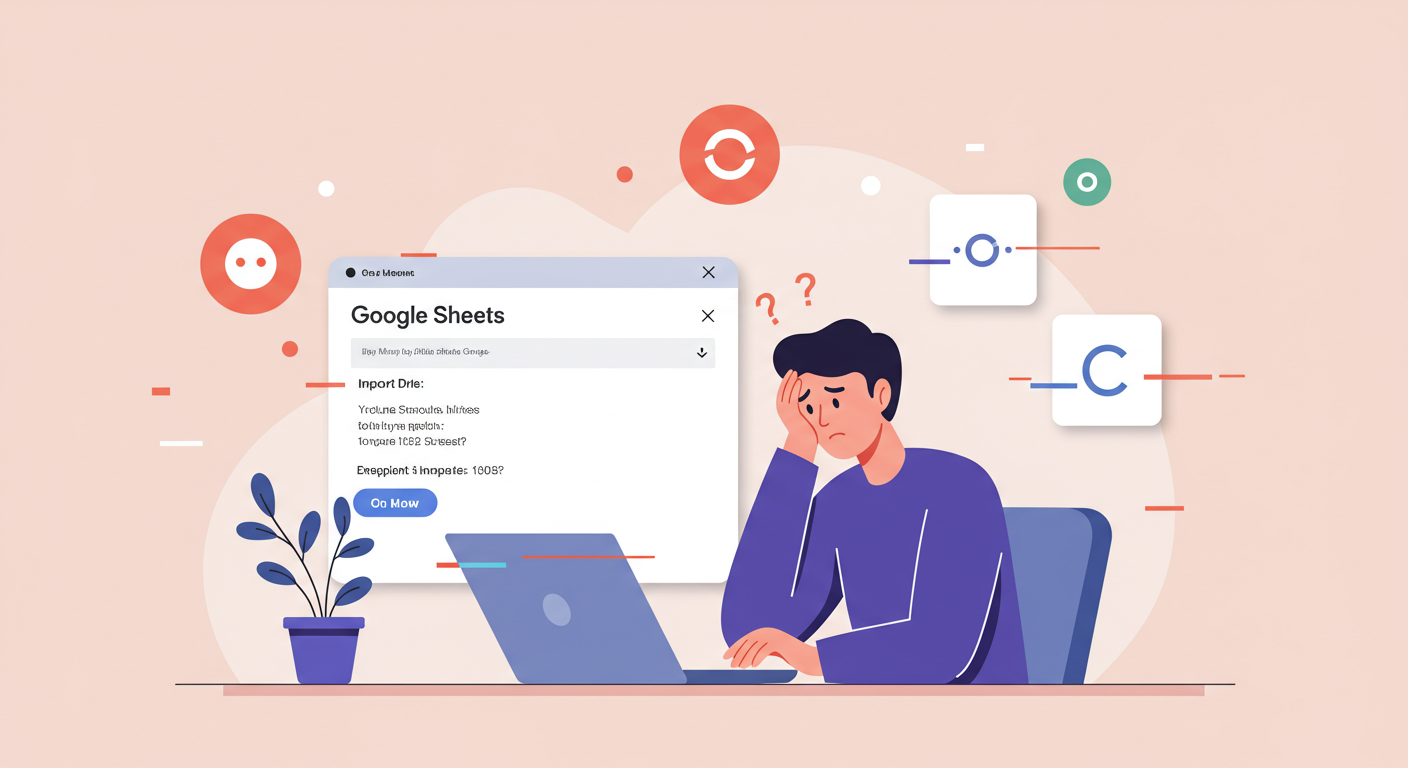Hey there, Paul Peery here! Ever feel like your brain is a tangled ball of yarn, all knotted up with worries and stress? Yeah, me too. In our super-fast, always-on world, anxiety can creep up on any of us. But what if I told you there’s a surprisingly simple, and even enjoyable, way to find some quick relief? I’m talking about ASMR. Now, if you’re scratching your head wondering what those four letters mean, don’t worry! In this post, I’m going to break down what ASMR is all about and show you how it can be a super easy and speedy tool to dial down that anxiety and welcome a bit more calm into your day. Let’s untangle that yarn together!
What in the World is ASMR, Anyway?
Alright, let’s start with the basics. ASMR stands for Autonomous Sensory Meridian Response. Sounds fancy, right? But stick with me, it’s not as complicated as it sounds. Imagine a pleasant, tingly feeling, almost like gentle fizzy bubbles, that often starts on your scalp and travels down your neck and spine. Some people even feel it in their arms and legs. That’s ASMR! It’s a relaxing, often sedative sensation that many people experience in response to specific sights and sounds.
Think about those little things that just make you feel good and relaxed. Maybe it’s the soft whisper of someone talking, the crinkling of paper, the gentle tapping of fingernails on a hard surface, or even watching someone meticulously complete a task. These are what we call “triggers.” For me, it was stumbling upon a video of someone quietly organizing their desk – the soft rustles and focused attention just melted my stress away. I didn’t even know it was “a thing” back then!
The cool part is that ASMR isn’t just about the tingles. Even if you don’t get that specific sensation, many people find ASMR content incredibly relaxing and calming. It’s like a gentle massage for your brain. Scientists are still studying exactly why it happens, but the leading idea is that these specific triggers activate parts of our brain linked to relaxation and social bonding – kind of like when a friend speaks to you in a soft, comforting tone. It’s a pretty fascinating area, and the best part? It’s accessible to almost everyone, usually just a click away on your phone or computer.

My Own “Aha!” Moment with ASMR and Anxiety
So, how did I, Paul Peery, a guy usually buried in SEO stats and content strategies, stumble into the world of ASMR for anxiety? Well, it was kind of by accident, as these things often are. A few years back, I was going through a particularly hectic period with my website. Deadlines were piling up, my brain was constantly buzzing, and sleep felt like a luxury I couldn’t afford. My anxiety was through the roof. I was scrolling aimlessly online late one night, desperately trying to find something, anything, to quiet the noise in my head.
I clicked on a video—I don’t even remember what it was supposed to be about—but the person in it was speaking in this incredibly soft, measured voice. They were unboxing something, and the sounds of the crinkling plastic and gentle taps were oddly… soothing. I felt my shoulders, which had been practically up to my ears, start to drop. The frantic thoughts in my head began to slow down. It wasn’t a “tingle” at first, just a profound sense of calm washing over me.
Curiosity piqued, I started looking into it. “Soft speaking videos,” “relaxing sounds”—that sort of thing. And that’s when I discovered the term ASMR. It was a total “aha!” moment. This is a thing! Other people experience this! I realized I wasn’t just weird for finding the sound of keyboard tapping relaxing (as long as it’s the right kind of tapping, you know?). From then on, I started intentionally seeking out ASMR content whenever I felt that familiar grip of anxiety tightening. It became one of my go-to tools for quick mental resets, helping me to manage stress and, believe it or not, even boost my focus when I returned to work. It’s not a magic cure, but it’s a fantastic helper.
Why ASMR Might Be Your Brain’s Best Friend for Anxiety
Now, you might be thinking, “Okay Paul, tingles and soft sounds are nice, but how does this actually help with something as big as anxiety?” That’s a great question! While the science is still catching up to fully explain the ASMR phenomenon, what we know so far, and what millions of people report, is pretty compelling, especially when it comes to anxiety relief.
First off, ASMR can act like a distraction powerhouse. When anxiety hits, our minds tend to race, replaying worries or imagining worst-case scenarios. ASMR videos and audio tracks give your brain something else to focus on – something gentle, non-threatening, and predictable. The specific, often repetitive, nature of ASMR triggers can be almost hypnotic, drawing your attention away from anxious thoughts. It’s like giving your overactive worry-circuits a much-needed break.
Secondly, ASMR seems to promote genuine relaxation. Many people report feeling a slower heart rate, reduced muscle tension, and a general sense of calm while engaging with ASMR. This mimics the effects of other relaxation techniques like meditation or deep breathing. For me, it’s like a switch flips in my nervous system, shifting me from “fight or flight” mode to “rest and digest.” This physiological shift can be incredibly powerful in cutting through the physical symptoms of anxiety.
And here’s something I find particularly interesting: ASMR often involves a sense of personal attention and care. Many ASMR artists create videos where they simulate actions like hair brushing, gentle face touching, or whispering affirmations directly to the viewer. Even though you know it’s not really happening to you, it can trigger feelings of being cared for and safe, which can be incredibly soothing when you’re feeling anxious and vulnerable. It’s like a virtual comfort blanket!
Key Takeaway: ASMR helps anxiety by distracting your mind, promoting physical relaxation, and offering a sense of virtual comfort and care.
Finding Your Tingles: Common ASMR Triggers Explained
Okay, so we know ASMR can be awesome for anxiety, but how do you find what works for you? The world of ASMR triggers is vast and wonderfully varied! What sends shivers of delight down one person’s spine might do absolutely nothing for another, or even be annoying. It’s all about exploration. Think of it like finding your favorite type of music – you gotta sample a few genres!
Here are some of the most common ASMR triggers people report:
- Whispering: This is a classic! Soft, gentle speech spoken close to the microphone. Some prefer female voices, others male. Some like unintelligible whispers, others prefer actual words.
- Soft Speaking: Similar to whispering, but a little louder, still very calm and measured. This is often my personal go-to.
- Tapping: Fingernails (long or short, natural or acrylic – yes, it gets that specific!) tapping on various surfaces like wood, glass, plastic, or even the microphone itself.
- Crinkling Sounds: The sound of plastic wrap, paper, foil, or fabric being gently crinkled or manipulated. My cat would not find this relaxing, but many humans do!
- Scratching: Light scratching sounds, often with fingernails, on surfaces like a microphone cover, textured fabric, or wood.
- Personal Attention: This is a big one. Videos where the ASMRtist (that’s what they call ASMR creators!) simulates actions like giving you an eye exam, a haircut, a makeup application, or a caring consultation. It’s all about that feeling of focused, gentle care.
- Repetitive Sounds/Actions: Think page-turning, typing on a keyboard (a soft one, usually!), drawing, or sorting small objects. The predictability can be very calming.
- Mouth Sounds: This one can be a bit divisive, but for some, sounds like gentle chewing (not smacking!), lip smacking, or tongue clicking can be super tingly. For others, it’s a definite “no thanks!”
- Visual Triggers: Don’t forget your eyes! Slow, deliberate hand movements, watching someone focus intently on a task, light patterns, or even just a calming visual scene can also be powerful triggers, sometimes with or without accompanying sounds.
The best way to find your triggers is to head over to a platform like YouTube and just start searching for “ASMR” followed by some of these terms. Pay attention to how your body and mind react. Do you feel a sense of calm? Any tingles? Don’t be discouraged if the first few things you try don’t do it for you. It’s a journey of discovery!

Super Speedy ASMR Fixes for When Anxiety Hits Hard
Let’s be real, sometimes anxiety doesn’t just creep in; it pounces! You’re in the middle of your workday, about to give a presentation, or just trying to get through grocery shopping, and BAM – your heart starts racing, and your thoughts go into overdrive. In those moments, you need something fast. The good news is, ASMR can be your pocket-sized emergency kit.
One of the quickest ways I find relief is by having a few short ASMR audio tracks downloaded on my phone. These could be 5-10 minute clips of pure trigger sounds – maybe just whispering, or tapping, or crinkles. No long intros, no elaborate role-plays, just the sounds that work for me. I can pop in my earbuds, close my eyes for a few minutes (if possible), and just focus on the sounds. It’s amazing how quickly this can ground me.
Another super speedy fix is to focus on environmental ASMR if you can. Stuck in a stressful meeting? Discreetly focus on the gentle hum of the air conditioner, the soft clicks of someone typing (if it’s a pleasant sound for you), or even the rhythmic swish of a pen on paper. It’s about shifting your attention to a subtle, calming sound in your immediate environment. This takes a bit of practice, but it’s incredibly useful because you don’t need any devices.
And here’s a pro tip: create an “emergency ASMR” playlist. Once you’ve figured out some of your favorite triggers or ASMRtists, make a playlist of your go-to videos or audio clips that you know are effective and quick. This way, when anxiety spikes, you don’t have to waste precious time searching; you can just hit play. I have one specifically labeled “SOS Calm” on my YouTube. It’s a lifesaver! Even just a minute or two of focused ASMR can sometimes be enough to break the anxiety cycle and help you regain a sense of control.
Creating Your Own ASMR “Safe Space” on a Budget
You don’t need a fancy studio or expensive gear to enjoy ASMR or even to create a little ASMR-friendly bubble for yourself when anxiety is high. It’s all about crafting an environment that helps you relax and tune into those soothing sensations. And trust me, as someone who loves a good value, you can do this on a shoestring budget!
First things first: headphones are your best friend. Even a basic pair of earbuds will significantly enhance the ASMR experience. They help to block out distracting external noises and allow those subtle ASMR sounds to come through clearly, often creating that immersive, close-up feeling that’s so effective. I started with the cheap ones that came with my phone, and they worked just fine!
Next, think about your physical comfort. If you’re trying to relax, you don’t want to be perched awkwardly on a hard chair. Find a comfy spot – your bed, a cozy armchair, even a pile of pillows on the floor. Dim the lights if you can; soft, ambient lighting is much more conducive to relaxation than harsh overhead lights. Maybe light a candle (unscented, if scents are distracting for you) or use a simple string of fairy lights for a calming glow.
Consider minimizing other distractions. This is where the “budget” part really shines because it often means removing things rather than adding them. Turn off the TV in the background. Put your phone on “do not disturb” (except for your ASMR, of course!). If you live with others, try to find a time or a quiet corner where you’re less likely to be interrupted. Even just 15-20 minutes of uninterrupted ASMR time can make a big difference. For me, my “safe space” is often just my bedroom with the door closed, my favorite soft blanket, and my trusty headphones. It’s simple, but it’s my little haven for when the world gets too loud.
ASMR On-the-Go: Relief in Your Pocket
Life doesn’t always happen in our cozy “safe spaces,” right? Anxiety can pop up anywhere: on your commute, in a crowded store, or waiting at the dentist’s office. That’s why having ASMR readily available on the go is a game-changer for fast relief. Think of it as carrying a little bit of calm right in your pocket or purse.
As I mentioned before, downloading your favorite ASMR tracks is key. Many ASMR channels on YouTube allow YouTube Premium subscribers to download videos for offline viewing. There are also ASMR apps, and some ASMRtists even offer their audio on music streaming platforms. Having a few go-to files means you’re not dependent on a good Wi-Fi connection when anxiety strikes. I always make sure I have a mix – some whispering, some tapping, maybe a gentle nature soundscape.
Good quality, discreet earbuds or headphones are essential for on-the-go ASMR. You don’t necessarily need big, bulky over-ear headphones (unless that’s your style!). Modern earbuds can offer excellent sound quality and noise isolation, allowing you to create your own little bubble of calm even in a busy environment. I find that noise-canceling ones are particularly good for blocking out the general hubbub when I really need to focus on the soothing sounds.
Another trick I use is to have a few very short visual ASMR clips saved, things like satisfying kinetic sand cutting or slow, mesmerizing animations. Sometimes, when I can’t really listen to audio (like in a very quiet waiting room where even earbuds might feel too obvious), just watching a calming visual for a minute or two can help take the edge off. It’s about being adaptable. The goal is to have a little toolkit of ASMR options that you can discreetly access whenever and wherever you need that moment of peace. It’s incredibly empowering to know you have that tool at your fingertips.

Beyond the Tingles: Other Ways ASMR Boosts Well-being
While those delightful tingles are often the star of the ASMR show, the benefits don’t stop there, especially when we’re talking about overall well-being and managing anxiety. Even if you’re someone who doesn’t experience the classic ASMR brain tingles, engaging with ASMR content can still be incredibly beneficial. I know for me, sometimes it’s less about the tingle and more about the deep relaxation it brings.
One major plus is improved sleep. So many people (myself included!) struggle with anxiety-related insomnia. Lying in bed with your thoughts racing is the worst! ASMR can be a fantastic pre-sleep ritual. The calming sounds and visuals help to quiet the mental chatter, making it easier to drift off. There are countless “ASMR for sleep” videos designed specifically for this purpose, often with extended periods of relaxing triggers. I’ve often put on a long, gentle ASMR track and woken up hours later, feeling much more refreshed than if I’d just tossed and turned.
Another benefit is stress reduction in a broader sense. Regular ASMR use can act as a consistent, gentle de-stressor. Think of it like preventative care for your mind. By taking short ASMR breaks throughout the day or dedicating some time in the evening, you can help keep your baseline stress levels lower, making you less susceptible to being overwhelmed by anxiety when triggers do occur. It’s like regularly stretching your muscles to prevent them from getting too tight.
And let’s not forget the feeling of comfort and companionship. Especially for folks who might feel isolated, the gentle, caring presence in many ASMR videos can provide a sense of connection. It might sound a bit odd to feel a connection to someone on a screen, but the perceived personal attention can be genuinely comforting. In a world that often feels chaotic and impersonal, that little bit of virtual kindness can go a long way in soothing an anxious heart.
Is ASMR for Everyone? Managing Expectations
Now, as much as I rave about ASMR (and trust me, I could talk about it all day!), it’s important to have realistic expectations. Is ASMR a magical cure-all for anxiety? No, probably not. And is it for absolutely everyone? Maybe not. Just like not everyone enjoys the same type of music or food, not everyone will connect with ASMR in the same way.
Some people try ASMR and find it doesn’t give them tingles, or they don’t find it particularly relaxing. And that’s perfectly okay! Our brains are all wired differently. Some might even find certain triggers irritating – a condition known as misophonia (a strong dislike of specific sounds) can make some ASMR sounds unbearable for certain individuals. If you try a few different types of ASMR and it’s just not your cup of tea, don’t feel like you’re missing out or that there’s something wrong. There are plenty of other wonderful relaxation techniques out there!
It’s also good to remember that while ASMR can be a fantastic tool for managing anxiety symptoms and providing temporary relief, it’s not a replacement for professional help if you’re dealing with severe or persistent anxiety. If anxiety is significantly impacting your daily life, please do consider talking to a doctor or a mental health professional. They can help you explore a wider range of treatment options. Think of ASMR as one helpful tool in your overall mental wellness toolkit, alongside things like exercise, good sleep hygiene, mindfulness, and, if needed, therapy or medication.
For me, the key was patience and exploration. I didn’t love every ASMR video I clicked on initially. But by trying different artists and different triggers, I found what resonated with me. So, if you’re curious, give it a fair shot, but also listen to your own responses.
My Top Tips for Getting Started with ASMR for Anxiety
So, you’re ready to dip your toes into the calming waters of ASMR to help soothe your anxiety? Fantastic! As your friendly guide Paul Peery, here are my top tips to make your journey smooth and effective:
- Start with the “Classics”: If you’re totally new, search for terms like “ASMR for beginners,” “ASMR whispering,” or “ASMR tapping.” These are often good entry points to see if the basic concept resonates with you. Don’t get too niche too quickly.
- Use Headphones: I can’t stress this enough! Even basic earbuds will make a huge difference in the immersive quality of the sounds and help you pick up on the subtleties that trigger relaxation or tingles.
- Explore Different Triggers: Don’t give up if the first video doesn’t do it for you. There’s a massive variety out there – from soft speaking to crinkles, visual triggers to role-plays. Make a little mental (or actual) note of what you like and what you don’t. It’s like a taste test for your ears and brain!
- Find ASMRtists You Vibe With: The personality and style of the ASMR creator can be just as important as the triggers themselves. Some people prefer a very calm, almost clinical approach, while others like more chatty, friendly ASMRtists. Sample a few different creators.
- Be Patient with Tingles: Not everyone gets the “tingles,” and that’s okay! Many people find ASMR deeply relaxing even without that specific sensation. Focus on whether it helps you feel calmer and less anxious, rather than chasing a particular physical feeling.
- Create a Relaxing Environment: Minimize distractions. Dim the lights, get comfortable. The more relaxed your physical state, the more receptive you’ll likely be to the calming effects of ASMR.
- Don’t Be Afraid to Click Away: If a certain sound or visual makes you uncomfortable or anxious (it can happen!), just close the video and try something else. There’s no right or wrong way to react.
- Integrate it into Your Routine: If you find it helpful, try incorporating short ASMR sessions into your day – maybe a 10-minute break during work, or as part of your wind-down routine before bed. Consistency can be key.
- Be Mindful of Volume: Some ASMR involves very quiet sounds, so you might be tempted to crank the volume. Be careful not to set it too loud, especially with earbuds, to protect your hearing.
Experiment, have fun with it, and see if ASMR can become one of your go-to tools for finding a little more peace in your day.
Conclusion: Your Journey to Calm Starts Now
Well, there you have it – a peek into the wonderfully weird and surprisingly effective world of ASMR for anxiety. As we’ve explored, ASMR isn’t some mystical cure, but it’s a genuinely accessible, often fast-acting tool that I, and millions of others, have found incredibly helpful for dialing down stress and finding moments of peace.
From understanding what those “tingles” are all about to discovering your personal favorite triggers and learning how to use ASMR on the go, I hope I’ve shown you that relief can be simpler than you think. It’s about giving your brain a gentle break, a soft place to land when the world feels too loud or overwhelming. Remember, finding what works for you is a personal journey, so don’t be afraid to explore different sounds, visuals, and ASMRtists. The most important thing is that you find something that helps you feel calmer and more centered. Why not give it a try today? You might just discover your new favorite way to relax and unwind.
FAQ: Your ASMR for Anxiety Questions Answered
Is ASMR scientifically proven to help anxiety?
While ASMR is a relatively new area of scientific research, early studies and tons of personal reports suggest it can be very helpful for anxiety. Research has shown that ASMR can lead to reduced heart rate and increased feelings of calmness and relaxation, similar to other mindfulness practices. Some studies have even looked at brain activity, showing that ASMR might activate similar pathways to social bonding and soothing. It’s not a substitute for professional medical advice or treatment, but many find it a powerful self-help tool.
What if I don’t feel the “tingles”? Can ASMR still help my anxiety?
Absolutely! Many people who don’t experience the classic “tingly” sensation still find ASMR videos and audio incredibly relaxing and effective for reducing anxiety. The calming nature of the sounds, the gentle pace, and the focused attention can all contribute to a sense of peace and well-being, even without the specific tingle response. Focus on whether it helps you feel calmer, less stressed, or sleepy, rather than chasing the tingles.
Are there any downsides or risks to using ASMR for anxiety?
For most people, ASMR is a safe and positive experience. The main things to be mindful of are headphone volume (don’t listen too loudly for extended periods to protect your hearing) and content choice. Occasionally, certain sounds might be irritating to some individuals (misophonia). Also, while ASMR can be a great coping tool, it’s important not to use it to completely avoid addressing the root causes of severe anxiety. If your anxiety is persistent and significantly impacting your life, it’s always best to consult with a healthcare professional.



